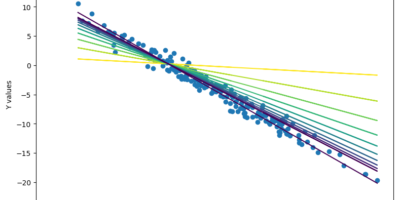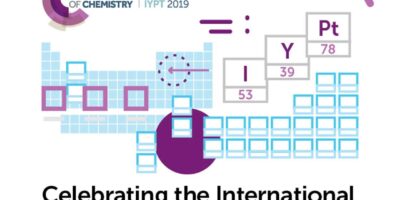A lot can happen in 53 years. Man has stood on the moon, the cold war ended and more wars began, the internet came into existence and almost immediately began serving as a platform for animal videos. Medical techniques and antibiotics have become increasingly strong, but so have the bacterial infections that they fight. The term “super-bug”, now commonly used to describe an antibiotic resistant bacterial infection, did not exist in 1962; they were still focusing on normal bugs. When isolating new classes of antibiotics researchers typically turned to the soil to find bacteria which produce antimicrobial compounds that are non-toxic to humans. This method produced many antibiotics in the early years of research – twenty classes before 1960, but only two since then. The deliberate holding back of various strains of antibiotics has allowed medical professionals to remain one step ahead, but the stock is quickly running out. We’re fighting a losing battle.
Enter teixobactin, a new antibiotic observed by a team of researchers at Northeastern University in Boston led by Kim Lewis. Teixobactin is able to kill bacteria by preventing them from building cell membranes. It has been successfully tested on antibiotic-resistant infections in mice, and when researchers tried over several weeks to evolve strains of bacteria that could resist teixobactin, they were unable to. Teixobactin seems to be immune to resistance. The drug works by blocking bacterial cells access to the compounds Lipid II, which is needed to create cell membranes and walls, and Lipid III, which preserves existing walls and membranes. This two pronged attack is likely why teixobactin is so hard to adapt to. An existing antibiotic, vancomycin, also works by withholding Lipid II. Vancomycin was used for around 30 years before bacteria were able to evolve and resist it. Lewis hopes that it will take even longer for bacteria to adapt to teixobactin.
Teixobactin was discovered using a different method than most previous antibiotics. The team used a device known as the iChip to discover the drug, and are very optimistic about the potential of the tool. Bacteria are constantly fighting each other, providing a tremendous source of potential antibiotics, but 99 percent of these bacteria won’t grow in lab conditions. The iChip can bring the natural environment of the bacteria in to the lab. Really it is just a small board that can separate cultures of bacteria, and keep them in their natural environment at the same time. By separating the bacteria cultures which are already growing, each can be studied independently. This allows researchers access to things they’ve never seen before. The discovery of teixobactin is momentous on its own, but the iChip and its potential may be the more important part of this discovery. Teach a person to fish and you’ll feed them for life.




Leave a Reply